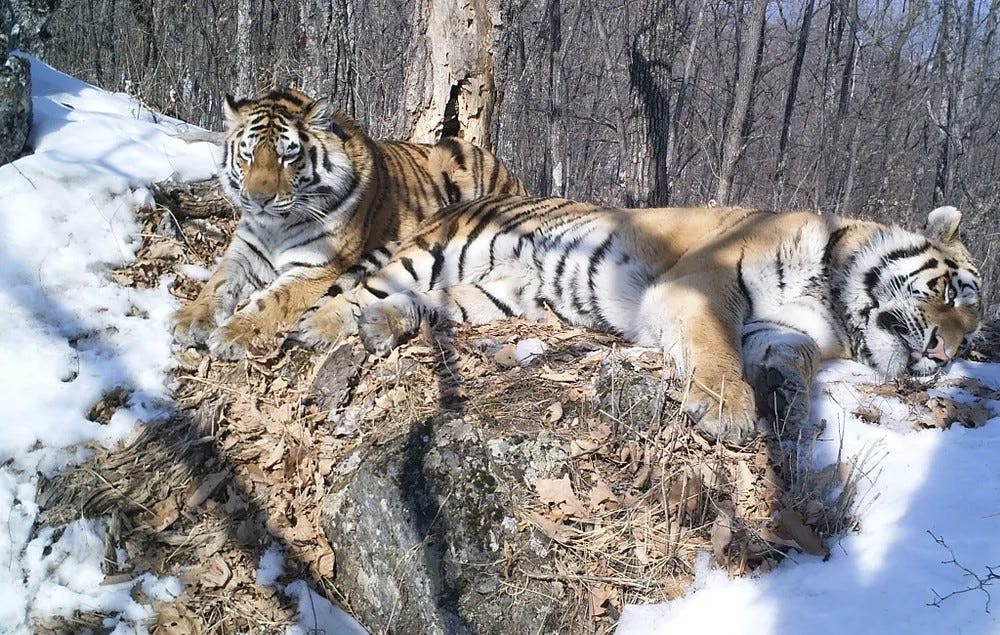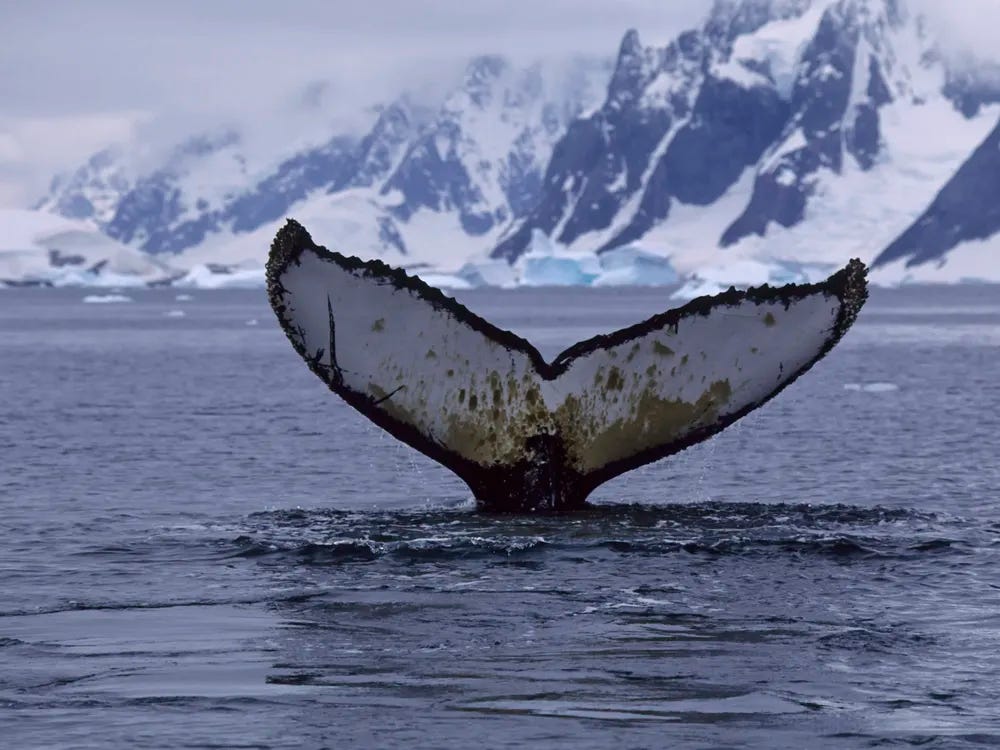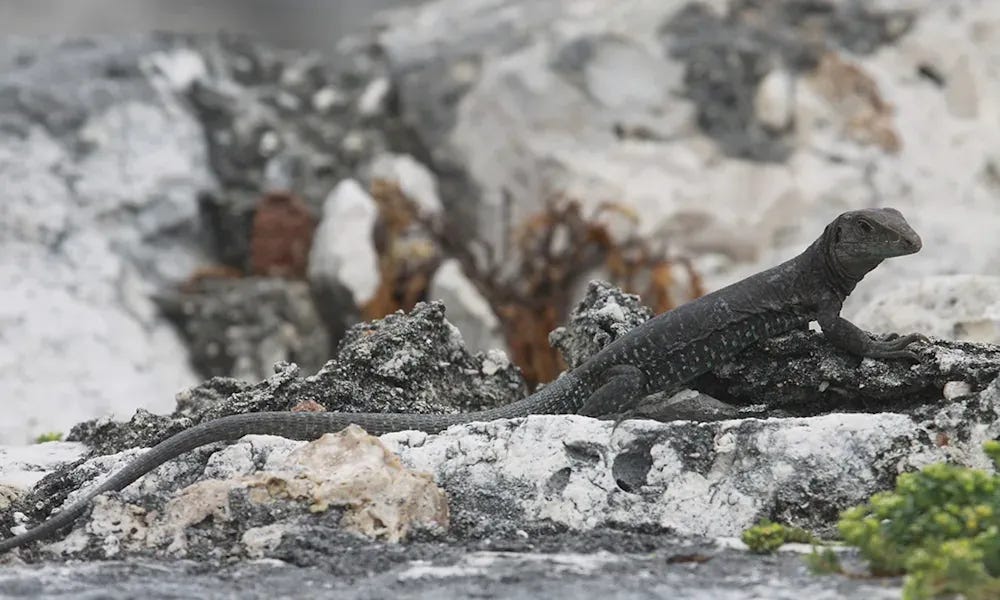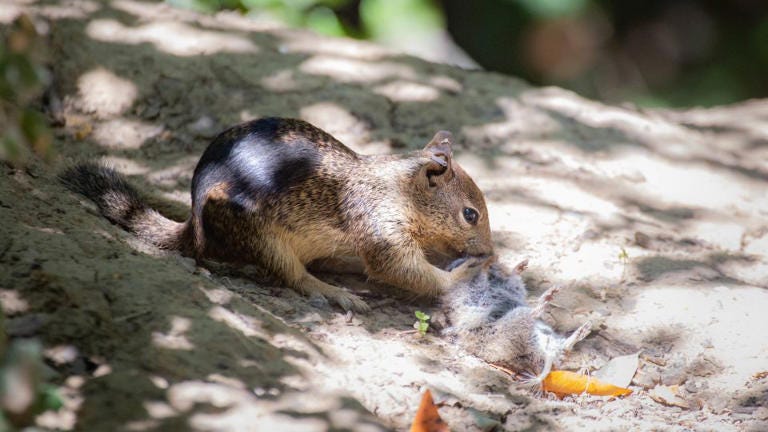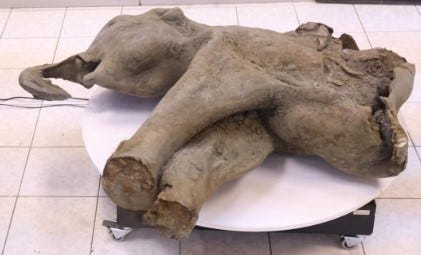Articles of interest from December …
Siberian Tigers Reunite after 120-Mile Wilderness Trek
In deepest Siberia, where winds blow cold and poachers reduce the number of wild animals to the brink of extinction, an unlikely tale of tiger romance is warming hearts and reinvigorating faith in species reintroduction.
Read the Smithsonian Magazine tale of two tigers here.
Ad
IVORY IS FOR ELEPHANTS
Buy this Tee Now!
Wear It, Spread the Word and Help Support Wildlife Writing!
$15.95 (before tax)
Unisex Softstyle T-Shirt - Wildlife Matters | Printify Pop-Up
Whale Travels Record 8,000 Miles Across Three Oceans
Described as “ambitious” in a Smithsonian Magazine story, a humpback whale who swam 8,106 miles across the world has astounded marine biologists, as the miles trekked are likely the longest distance traveled for the species.
“Even for this highly migratory species,” according to a whale researcher, the feat is “impressive and unusual.”
Why the whale traveled so widely is unknown. Speculation includes that he was looking for a mate, that human interference messed up his normal behavior and/or that large scale krill harvesting is interfering with whale feeding grounds.
Read the story here.
Sombrero Ground Lizard Makes a Comeback
Sombrero Island, the northernmost island of the Lesser Antilles in the Atlantic, was home to less than 100 Sombrero ground lizards in 2018. But now, reports Smithsonian Magazine, “more than 1,600 of the critically endangered reptiles are scampering around the limestone landscape.”
Read more here about this black-blue reptile only found on Sombrero Island.
Squirrels Add Voles to their Diet
Research recently published indicates that California ground squirrels which are native to the state’s grasslands are adapting to environmental changes – an increase in the number of voles – by eating them.
While California ground squirrels are considered herbivores or granivores – plant and seed eaters – the study provides the first proof of the species hunting other vertebrates.
Read more here.
Well-Preserved Baby Mammoth Found in Siberian Permafrost
In December, Russian scientists showed the extremely well-preserved remains of a 50,000-year-old female mammoth that was discovered in the permafrost-covered area of Yakutia last summer.
Story here.
Maria Fotopoulos writes about the connection between overpopulation and biodiversity loss, and from time to time other topics that confound her.
FB | X





